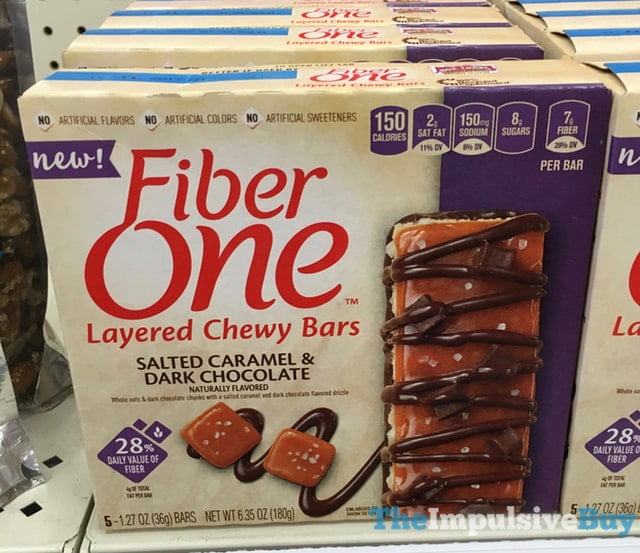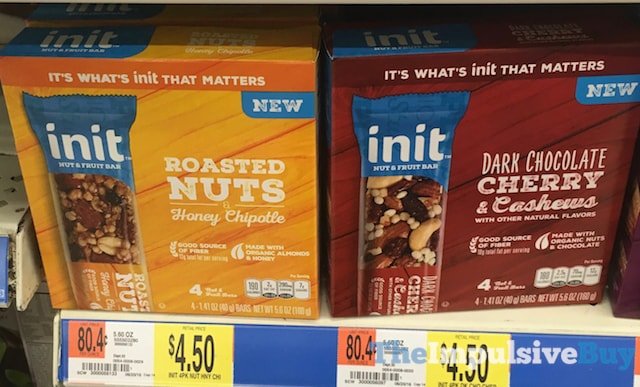Regarding promoting digestive health, fiber is an essential nutrient that helps keep things moving smoothly. While many people associate fiber with fruits, vegetables, and whole grains, there are also surprising sources of fiber, including chocolate. In this article, we’ll explore how Fiber-rich Chocolate can be used to promote digestive health and nutrient absorption.
Chocolate and Fiber
Chocolate contains a small amount of dietary fiber, which is the type of fiber that comes from plant-based foods. The amount of fiber in chocolate varies depending on the type of chocolate and the percentage of cocoa used. Here’s a breakdown of the fiber content of different types of chocolate:
- Milk Chocolate: Milk chocolate typically contains around 10% cocoa solids and is low in fiber. A 1-ounce (28-gram) serving of milk chocolate contains approximately 0.5 grams of fiber.
- Dark Chocolate: Dark chocolate contains a higher percentage of cocoa solids than milk chocolate, typically ranging from 70% to 90%. Dark chocolate is higher in fiber than milk chocolate. A 1-ounce (28-gram) serving of dark chocolate contains approximately 3 grams of fiber.

Promoting Digestive Health with Chocolate
Fiber is an essential nutrient for digestive health as it promotes regular bowel movements and helps keep the digestive system running smoothly. Chocolate, when consumed in moderation, can be a delicious and unexpected source of fiber.
Incorporating dark chocolate into your diet can be a tasty way to increase your fiber intake. Some easy ways to incorporate dark chocolate into your diet include:
- Dark Chocolate-Covered Fruits: Dip fruits, such as strawberries or dried apricots, in melted dark chocolate for a delicious and fiber-rich snack.
- Chocolate Granola: Mix dark chocolate chunks into your favorite granola recipe for a tasty and fiber-rich breakfast.
- Dark Chocolate-Covered Nuts: Dip nuts, such as almonds or hazelnuts, in melted dark chocolate for a protein- and fiber-rich snack.
Nutrient Absorption and Chocolate
In addition to promoting digestive health, fiber also plays an important role in nutrient absorption. Fiber helps slow the digestion process, which can help the body absorb nutrients more effectively. This means that incorporating fiber-rich foods like dark chocolate into your diet can help maximize nutrient absorption and support overall health.
Choosing the Right Chocolate
When selecting chocolate for its fiber content, it’s important to choose high-quality chocolate with a high percentage of cocoa solids. Dark chocolate, with a percentage of 70% or higher, is generally a better choice than milk chocolate, as it contains more cocoa solids and fewer additives. Look for dark chocolate that is minimally processed and has a short list of ingredients.
The Benefits of Chocolate as a Source of Fiber
Fiber is an essential nutrient that helps keep the digestive system running smoothly. It promotes regular bowel movements and can also help support overall health. While fiber is typically associated with fruits, vegetables, and whole grains, dark chocolate is a surprising source of fiber that can be incorporated into a healthy diet.
In addition to promoting digestive health, fiber also plays an important role in nutrient absorption. Fiber helps slow the digestion process, which can help the body absorb nutrients more effectively. This means that incorporating fiber-rich foods like dark chocolate into your diet can help maximize nutrient absorption and support overall health.

Choosing the Right Chocolate
When selecting chocolate for its fiber content, it’s important to choose high-quality chocolate with a high percentage of cocoa solids. Dark chocolate, with a percentage of 70% or higher, is generally a better choice than milk chocolate, as it contains more cocoa solids and fewer additives. Look for dark chocolate that is minimally processed and has a short list of ingredients.
How to Incorporate Dark Chocolate into Your Diet
There are many ways to incorporate dark chocolate into your diet in moderation as part of a healthy and balanced diet. Here are a few ideas:
- Dark Chocolate-Covered Fruits: Dip fruits, such as strawberries or dried apricots, in melted dark chocolate for a delicious and fiber-rich snack.
- Chocolate Granola: Mix dark chocolate chunks into your favorite granola recipe for a tasty and fiber-rich breakfast.
- Dark Chocolate-Covered Nuts: Dip nuts, such as almonds or hazelnuts, in melted dark chocolate for a protein- and fiber-rich snack.
Moderation is Key
While chocolate can be a beneficial addition to a fiber-rich diet, it’s important to consume it in moderation. Chocolate is high in calories and fat, so it should be enjoyed as a treat rather than a staple in the diet. As with any food, it’s essential to be mindful of portion sizes and to balance chocolate with other nutritious foods.
Conclusion
Chocolate can be an unexpected but delicious source of fiber that can promote digestive health and nutrient absorption. Incorporating dark chocolate into your diet can be a tasty way to increase your fiber intake, and there are many ways to enjoy dark chocolate in moderation as part of a healthy diet. When selecting chocolate for its fiber content, it’s important to choose high-quality chocolate with a high percentage of cocoa solids. By incorporating dark chocolate into your diet, you can support your overall health and enjoy a tasty treat at the same time.
Chocolate is a delicious and surprising source of fiber that can be incorporated into a healthy diet. Dark chocolate, with a high percentage of cocoa solids, is the best choice when selecting chocolate for its fiber content. By incorporating dark chocolate into your diet, you can promote digestive health, support nutrient absorption, and enjoy a tasty treat at the same time. As with any food, moderation is vital to enjoying the benefits of chocolate while maintaining a healthy and balanced diet.
FAQs
- How much fiber is in chocolate?
- The amount of fiber in chocolate depends on the type and percentage of cocoa used. Milk chocolate typically contains approximately 0.5 grams of fiber per 1-ounce (28-gram) serving, while dark chocolate contains about 3 grams of fiber per 1-ounce serving.
- How can chocolate be used as a source of fiber?
- Dark chocolate can be incorporated into the diet in various ways, such as dark chocolate-covered fruits, chocolate granola, or nuts. CCombiCombiningchocolate with other fiber-rich foods such as fruits, nuts, or whole grains creates a delicious and nutritious meal or snack.
- Does chocolate promote digestive health?
- Yes, chocolate can promote digestive health when consumed in moderation as part of a healthy and balanced diet. The fiber in chocolate helps keep the digestive system running smoothly and can support regular bowel movements.
- What type of chocolate is the best to use as a source of fiber?
- High-quality dark chocolate with a high percentage of cocoa solids is the best type of chocolate to use as a source of fiber. Dark chocolate, with a higher, is g percentageenerally a better choice than milk chocolate, as it contains more cocoa solids and fewer additives.
- How much chocolate should be consumed to benefit from its fiber content?
- Chocolate should be consumed in moderation, even as a fiber source. While it can be a beneficial addition to a fiber-rich diet, it should be enjoyed as a treat rather than a staple. As with any food, it’s essential to be mindful of portion sizes and to balance chocolate with other nutritious foods.
